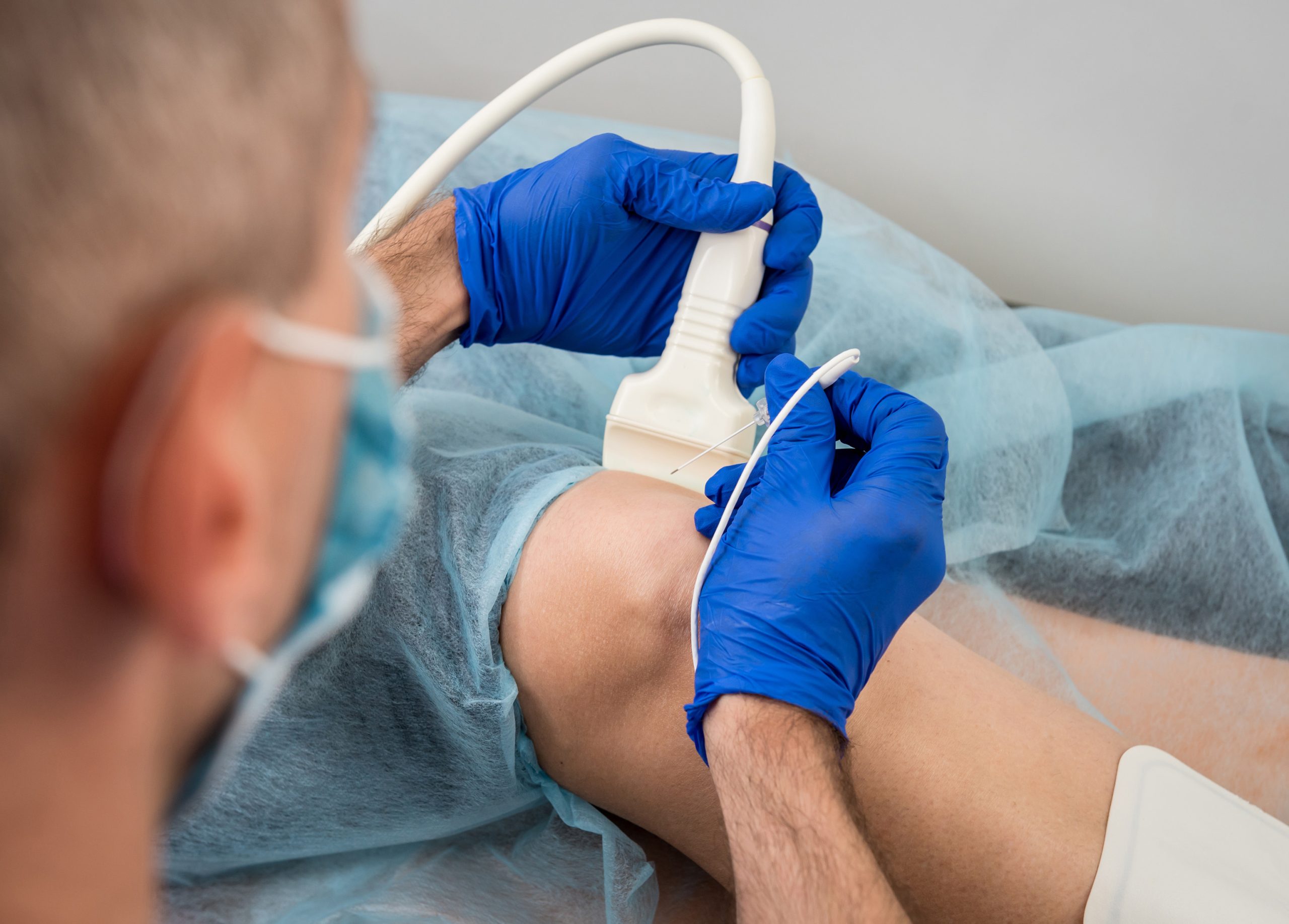
Radiofrequency Ablation (RFA)
The facet joints are often the primary source of back pain for many people. Facet joints are small joints located in the spine that provide stability to the spine and allow the spine to move and be flexible.
Depending on where the problematic facet joints are located, they can cause pain in the mid-back, ribs, chest (thoracic facet joints), lower back, abdomen, buttocks, groin, legs (lumbar facet joints), neck, shoulders, and even headaches (cervical facet joints). If facet blocks (medial branch blocks) are successful in providing pain relief, a radiofrequency ablation could be indicated.
The goal of an RFA, either lumbar, cervical or thoracic, is to provide pain relief by “shutting off” the pain signals coming from the joints. The pain relief experienced by most patients who have this procedure lasts 6-24 months.
No. The goal of the procedure is to improve function and enable you to participate in physical therapy to improve your condition. How much relief and for how long varies among patients depending on other medical conditions and the source of pain, but it can provide significant relief for 6-18 months.
Yes, RFA is very safe, but as with any medical procedures, it has risks. Serious complications, such as infection, allergic reaction, nerve damage, bleeding and paralysis can occur, but are extremely rare.
Patients who are candidates for RFA typically have undergone two medial branch blocks to verify the source and exact location of their pain. First the skin will be cleaned with a special solution. This will feel cold. Then your skin will be numbed with a local anesthetic, which may induce a stinging and burning sensation for a few seconds. A needle with an electrode at the tip is placed alongside the small nerves to the facet joint. The electrode is then heated with a technology called radiofrequency, to deaden nerves that carry pain signals. The time required to do the procedure varies from patient to patient, but usually takes 15-30 minutes.
As soon as possible. The staff in the clinic will provide you with care instructions after the injection. Please follow them. We prefer you go back to your normal activities as soon as the next day. It is very important to keep your body active.
Yes, but as mentioned before, complications might occur. Serious, but very rare complications can occur, such as nerve damage, infection, bleeding or paralysis. Our staff will discuss in detail the risks and benefits before scheduling this injection.
Schedule and evaluate. There are other therapies that we can use to manage your pain. Using different methods to treat your pain is the most successful way to relieve your pain and improve your quality of life. Other strategies to treat your pain include exercise, relaxation, and changing negative behaviors and thought patterns to help you cope with your pain.
• If you are pregnant or breastfeeding.
• If you have a severe allergic reaction to local anesthetics.
• If you develop fever or any infection.
• A fever
• Pain that is more severe than prior to the injection
• Increased back pain or back stiffness
Go to the nearest Emergency Department or call 911 if you develop any new numbness, weakness, and/or paralysis in your arms or legs or lose control of your bladder or bowels.
